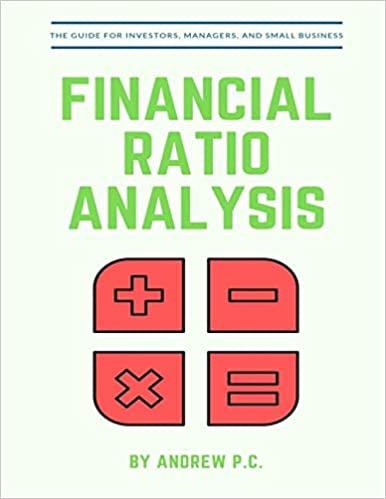 I have A-D done, so you DON'T have to answer them. I Just need help with E-J on excel.
I have A-D done, so you DON'T have to answer them. I Just need help with E-J on excel.
Stock A and Stock B produced the following returns during the past five years: : Year 2014 2015 2016 2017 2018 Stock A's Returns, PA -18.00% 33.00 15.00 -0.50 27.00 Stock B's Returns, is -14.50% 21.80 30.50 -7.60 26.30 a. Calculate the average rate of return for each stock during the period 2014-2018. b. Assume that someone held a portfolio consisting of 50 percent Stock A and 50 percent Stock B. What would have been the realized rate of return on the portfolio in each year from 2014 through 2018? What would have been the average return on the portfolio during this period? c. Calculate the standard deviation of returns for each stock and for the portfolio. d. Calculate the coefficient of variation for each stock and for the portfolio. If you are a risk- averse investor, would you prefer to hold Stock A, Stock B, or the portfolio? Why? e. Assume a third stock, Stock C, is available for inclusion in the portfolio. Stock C produced the following returns during the 2014-2018 period: Year 2014 2015 2016 2017 2018 Stock C's Return, ic 32.00% -11.75 10.75 32.25 -6.75 f. Calculate the average return, standard deviation, and coefficient of variation for Stock C. g Assume that the portfolio now consists of 33.33 percent Stock A, 33.33 percent Stock B, and 33.33 percent Stock C. How does this composition affect the portfolio return, standard deviation, and coefficient of variation versus when 50 percent was invested in A and in B? A h. Make some other changes in the portfolio, making sure that the percentages sum to 100 percent. For example, enter 25 percent for Stock A, 25 percent for Stock B, and 50 percent for Stock C. Notice that fp remains constant and that Op changes. Why do these results occur? i. In part b, you should see that the standard deviation of the portfolio decreased only slightly because Stocks A and B were highly positively correlated with each other. The addition of Stock C causes the standard deviation of the portfolio to decline dramatically, even though oc=0A = GB. What does this change indicate about the correlation between Stock C and Stocks A and B? j. Would you prefer to hold a portfolio consisting only of Stocks A and B or a portfolio that also includes Stock C? If others react similarly, how might this fact affect the stocks' prices and rates of return? ' Stock A and Stock B produced the following returns during the past five years: : Year 2014 2015 2016 2017 2018 Stock A's Returns, PA -18.00% 33.00 15.00 -0.50 27.00 Stock B's Returns, is -14.50% 21.80 30.50 -7.60 26.30 a. Calculate the average rate of return for each stock during the period 2014-2018. b. Assume that someone held a portfolio consisting of 50 percent Stock A and 50 percent Stock B. What would have been the realized rate of return on the portfolio in each year from 2014 through 2018? What would have been the average return on the portfolio during this period? c. Calculate the standard deviation of returns for each stock and for the portfolio. d. Calculate the coefficient of variation for each stock and for the portfolio. If you are a risk- averse investor, would you prefer to hold Stock A, Stock B, or the portfolio? Why? e. Assume a third stock, Stock C, is available for inclusion in the portfolio. Stock C produced the following returns during the 2014-2018 period: Year 2014 2015 2016 2017 2018 Stock C's Return, ic 32.00% -11.75 10.75 32.25 -6.75 f. Calculate the average return, standard deviation, and coefficient of variation for Stock C. g Assume that the portfolio now consists of 33.33 percent Stock A, 33.33 percent Stock B, and 33.33 percent Stock C. How does this composition affect the portfolio return, standard deviation, and coefficient of variation versus when 50 percent was invested in A and in B? A h. Make some other changes in the portfolio, making sure that the percentages sum to 100 percent. For example, enter 25 percent for Stock A, 25 percent for Stock B, and 50 percent for Stock C. Notice that fp remains constant and that Op changes. Why do these results occur? i. In part b, you should see that the standard deviation of the portfolio decreased only slightly because Stocks A and B were highly positively correlated with each other. The addition of Stock C causes the standard deviation of the portfolio to decline dramatically, even though oc=0A = GB. What does this change indicate about the correlation between Stock C and Stocks A and B? j. Would you prefer to hold a portfolio consisting only of Stocks A and B or a portfolio that also includes Stock C? If others react similarly, how might this fact affect the stocks' prices and rates of return
 I have A-D done, so you DON'T have to answer them. I Just need help with E-J on excel.
I have A-D done, so you DON'T have to answer them. I Just need help with E-J on excel.





